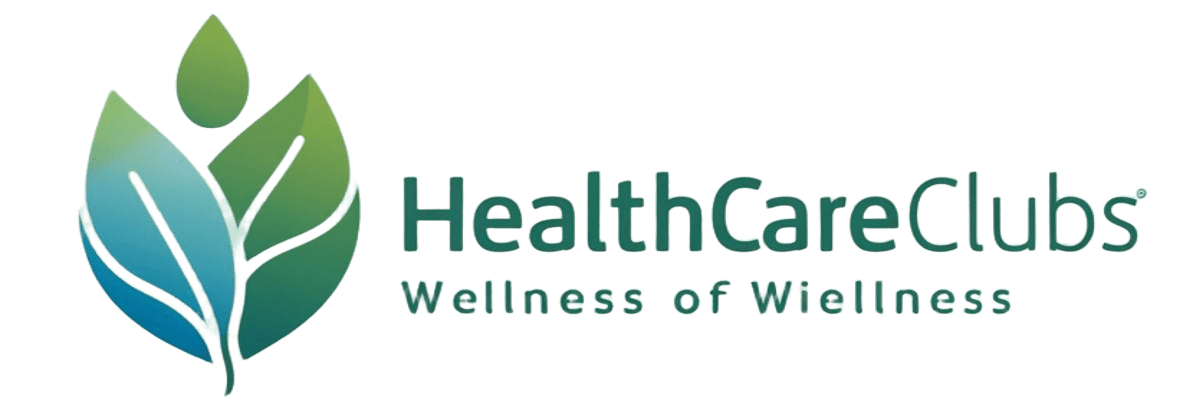Depression is a prevalent but serious illness shared by millions of people across the world. It is not a state of transient melancholy and can interfere with daily functions, relationships, as well as physical well-being. Identification of depression is essential to seek appropriate help and treatment in a timely manner.
In this overall guide, we will be looking at the emotional, physical, and behavioral symptoms of depression, and the way depression can be distinguished from occasional sadness. We will also be looking at when one should seek professional assistance and the available treatments for it.
Understanding depression: More than sadness

Depression, also called major depressive disorder (MDD), is a mood disorder that involves persistent sadness, hopelessness, and a loss of interest in activities one used to enjoy. Everyone gets the blues from time to time, but depression occurs over the course of weeks, months, or even years and seriously affects a person’s capacity for daily functions.
The World Health Organization (WHO) states that more than 280 million people globally are affected by depression, which is a primary cause of disability. While it affects so many, most individuals fail to identify the symptoms or are afraid of seeking help because of embarrassment or lack of understanding.
Common Symptoms of Depression
Depression impacts people differently, yet there are certain emotional, cognitive, physical, and behavioral indicators to look for.
1. Emotional Symptoms
The most familiar depression indicators are emotional. They include:
- Persistent low spirits or low mood – Feeling sad, empty, or tearful for much of the day.
- Hopelessness – The belief that situations will not get any better.
- Guilt or worthlessness – Self-blame or feeling you are a burden.
- Irritability or frustration – Easily annoyed by even the smallest things.
- Loss of interest in hobbies – No longer finding enjoyment in activities which previously gave you joy.
- Emotional numbing – Detached or unable to feel happy.
2. Cognitive Symptoms (Thinking Patterns)
Depression also impacts the way a person thinks, resulting in:
- Difficulty concentrating – Having problems with concentrating, decision-making, or recalling things.
- Negative thoughts – Repeated pessimism, self-blame, or ideas of failure.
- Indecisiveness – Difficulty making even simple decisions.
- Death or suicide ideation – Recurring ideation of their own death or harming themselves (seek immediate care if this is the case).
3. Body Symptoms
Most individuals are unaware that depression can cause physical impacts, including:
- Fatigue or lack of energy – Experiencing exhaustion despite sufficient sleep.
- Sleep disturbances – insomnia (difficulty sleeping) or hypersomnia (over-sleeping).
- Appetite changes – Weight loss or gain resulting from loss of appetite or overeating.
- Mysterious aches and pains – Headaches, muscle aches, or gastrointestinal problems with no apparent cause.
- Slowed speech or movement – Physically or mentally sluggish.
4. Behavioral Symptoms

Depression can change behaviour in the following noticeable ways:
- Social withdrawal – Steer clear of friends, family, and social gatherings.
- Neglecting one’s responsibilities – Skipping jobs, school, or household chores.
- Loss of motivation – Difficulty in initiating or following through with tasks.
- Substance abuse – Greater alcohol or drug usage as a means of coping.
- Self-harm or dangerous behaviour – Participating in risky behaviour as a mechanism for avoiding emotional distress.
Various Types of Depression and Symptoms
Depression isn’t a one-size-fits-all condition. Different types have unique symptoms:
1. Major Depressive Disorder (MDD)
- Continued depression, lethargy, and lack of interest in living.
- Symptoms are of at least two weeks duration and interfere with daily function.
2. Persistent Depressive Disorder (Dysth)
- Persistent low mood for two or more years.
- Milder than MDD, though enduring.
3. Seasonal Affective Disorder (SAD)
- Depression caused by seasonal change, typically in winter.
- Symptoms include fatigue, weight gain, and social withdrawal.
4. Postpartum Depression
- It occurs following childbirth, accompanied with profound sorrow, anxiety, and fatigue.
- Worse than the “baby blues.”
5. Bipolar depression
- One component of bipolar disorder, characterized by recurring periods of depression and mania.
6. Atypical Depression
- Transient improvements in mood following positive occurrences.
- The symptoms are excessive sleep, increased hunger, and rejection sensitivity.
Depression vs. Sadness: How to Know the Difference
It is usual to be sad following a loss or disappointment, yet depression is longer-lasting and incapacitating. Some of the main differences are:
| Feature | Sadness | Depression |
|---|---|---|
| Duration | Temporary (days to weeks) | Long-term (weeks to years) |
| Intensity | Varies with situations | Ongoing and intense |
| Normal functioning | Still be able to enjoy life | Having difficulty with |
| Physical Effects | Mild or none | Fatigue, pain, sleep disturbances |
Export to Sheets
When should you seek help for depression

When you or someone you know experiences five or more depression signs for two weeks or more, it is the appropriate time to seek professional assistance. Some other indicators are:
- Thought of harming oneself or suicide.
- Inability to work, learn, or have relationships.
- Drinking alcohol or taking drugs.
Treatment Options for Depression
Depression can be treated with a mix of treatments:
Psychotherapy (Talk Therapy)
- Cognitive Behavior Therapy (CBT) is used to restructure negative thoughts.
- IPT is centered on relationship problems.
- I’m
Antidepressant drugs
- (SSRIs, SNRIs) are beneficial in
Lifestyle changes
- Healthy eating, regular exercise, and adequate sleep enhance one’s mood.
- Mindfulness and meditation decrease stress.
Support groups
- Connecting with others who understand depression can reduce isolation.
Hospitalization (In Severe Cases)
- Warranted when there is a threat of self-harm.
Final Thoughts: You’re Not Alone
Depression is a complicated illness, yet understanding its signs is the beginning of healing. If you, or someone you care about, is suffering, call a mental health professional. With proper care and help, depression can be treated, and one’s sense of purpose can return. Call a crisis helpline such as the National Suicide Prevention Lifeline at 1-800-273-TALK (8255), or seek help from an emergency facility. Know that there is help, and you need not do this by yourself.
![]()






